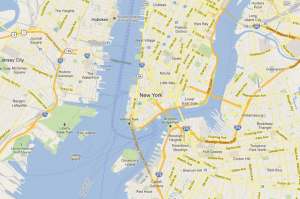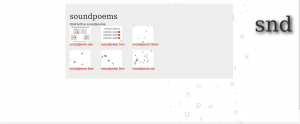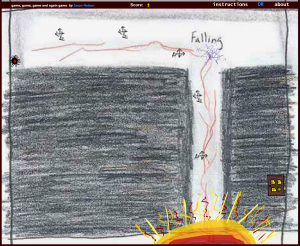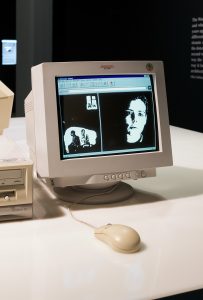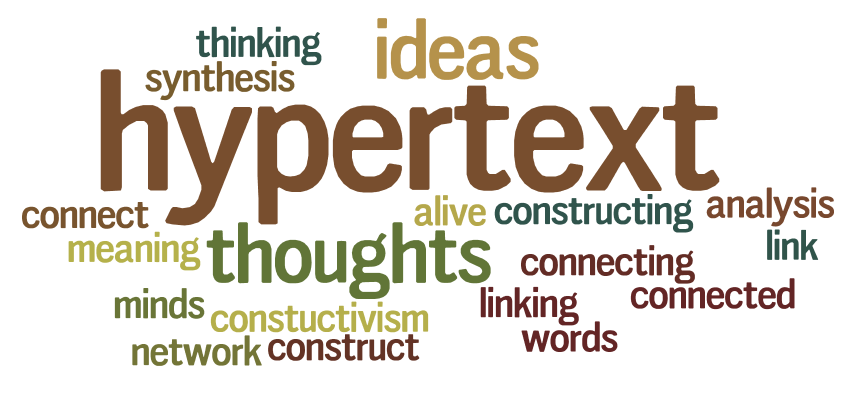http://dtc-wsuv.org/jschoenlein18/elit-final/
When the time came for me to start thinking about my final project, there were a couple of specific works and concept presented over the course of the class that led me to create the project that I did. Being exposed to a multitude of works that are categorized as multimedia fiction such as Cityfish by JR Carpenter and FilmText by Mark Amerika were especially inspiring to me. For me, the combination of a plethora of different media elements such as text, sound, video, imagery, and more in able to form and drive a narrative are indicative of what is possible with electronic literature that cannot be obtained with literature presented in a physical format.
Additionally, the work Pry by Samantha Gorman and Danny Cannizzaro, as well as the video components in Cityfish were influential to me. The use of digital cinema in order to drive the narrative of a story is both aesthetically enjoyable and is familiar and digestible for most viewers. Cinematographic works are an enjoyable source of entertainment for a vast amount of people across the world. Incorporating cinematic elements into works of electronic literature add visually stimulating elements to the work and often are used in harmony with other forms of media. For instance, in Pry, the reader must interact with the screen by prying or shutting the main character’s eyes. Not only do the video elements enhance the narrative of the story, but the interactive elements also allow the reader to navigate through and take control of how the story is presented to them. This is yet another aspect of electronic literature that cannot be obtained with a print medium.
As I began my project, I knew immediately that a web-based format would suite the requirements of the project well. Not only am I comfortable working with web technologies such as HTML5, CSS3, and JavaScript, I knew that without a doubt that the medium that is the web can be used to incorporate all of the media elements that I wanted to use. This included text, video, imagery and sound.
In regards to the narrative componenet of my work, I’ve incorporated a selection of clips that a friend of mine and I acquired during a car ride. This was originally a test of the camera of my new phone and a gimbal that I had bought for it, yet these clips came out to be surprisingly well. I’ve edited all the clips in Adobe Premiere to alter the color of the visuals. In addition to the video elements of the work, the textual elements represent a more dark and saddening theme. When the time came to write out the story of the work, I’d decided to write about the awkward and heartbreaking experience of being in a car with a significant other in the midst of an argument/break-up. While the story is fictional, it is regarding a topic that is relatable to most everyone: the final and often hurtful final interactions we have with someone we once cared for. I hope that the relatable nature of the story both resonates and intrigues the readers of the story.
In order to navigate through the story, the reader enters the site and is instructed to play the background audio presented in the beginning. The reader is then tasked with scrolling across the page while playing each video in addition to reading the passage presented with it, repeating this until the reader reaches the end.
The construction of “Drive”, as well as my participation in the course has been both challenging and transformative, as I’ve learned a great deal about an area of literature that was previously completely foreign to me and have since been able to create my own piece of electronic literature within the sixteen weeks of taking the course.
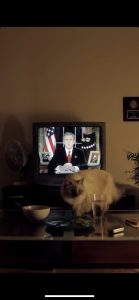 In the second half of Pry, there are many details that come to light that are kept under wraps in the first half of the story. In chapter 5, there is more information regarding James’ eyesight, when Luke gives him another job after initially firing him because of the issues revolving around his eyesight. We also gain more insight into Luke’s character, as he is trying his best to give James as many opportunities as possible despite his challenges. This chapter follows the same format as the previous chapters in regards to how the reader navigates through the story.
In the second half of Pry, there are many details that come to light that are kept under wraps in the first half of the story. In chapter 5, there is more information regarding James’ eyesight, when Luke gives him another job after initially firing him because of the issues revolving around his eyesight. We also gain more insight into Luke’s character, as he is trying his best to give James as many opportunities as possible despite his challenges. This chapter follows the same format as the previous chapters in regards to how the reader navigates through the story.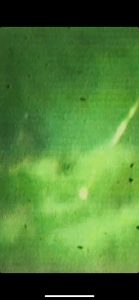 Pry is an engaging story about a man named James who is a demolition consultant that comes back from the gulf war and experiences vision failure throughout the story. This grants the reader the opportunity to explore not only what James experiences in reality, but his thoughts as well. This creates a story that is linear in the sense that it moves from chapter to chapter, yet can be engaged with and explored in a plethora of ways, as the reader gets to choose whether to explore James’ thoughts or the reality in front of him.
Pry is an engaging story about a man named James who is a demolition consultant that comes back from the gulf war and experiences vision failure throughout the story. This grants the reader the opportunity to explore not only what James experiences in reality, but his thoughts as well. This creates a story that is linear in the sense that it moves from chapter to chapter, yet can be engaged with and explored in a plethora of ways, as the reader gets to choose whether to explore James’ thoughts or the reality in front of him.
